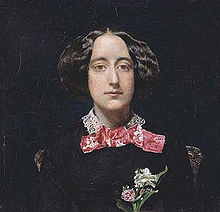The “Angel in the House” is a narrative poem by Coventry Patmore. It was first published in 1854 and was expanded up to 1862. Although its publishing was ignored, it has occupied a special and permanent position in the Home Books of, especially English people.
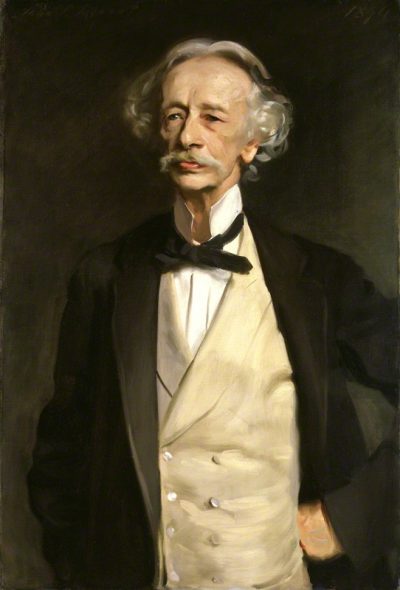
However, it gained immense popularity in the United States and then in Britain in a late 19th century. Its influence continued to the twentieth century and it became part of various English Literature courses. The poem is said to be based on Patmore’s wife, Emily, who he believed to be a perfect woman.
The Poem – Angel in The House – Summary
The poem, Angel in The House, is in two parts, but it was published in four installments. The first was published wit
h the main title, “Angel in the House” in 1854 followed by “The Espousals” in 1856, “Faithful for Ever” in 1860 and “The Victories of Love” in 1862. The last two poems were complete on their own and had a separate identity too, but related to the main poem.
The first two poems are forms of a single comprehensible poem and start with the narrator saying his wife that he is going to write a long poem on her.
The poem then carries on starting from the journey of the poet who is in youth and meets a girl who is to become his wife. The poem then reflects the poet’s reflections of his beloved and the notion of ideal femininity.
The poem goes on describing the growing relationship between the two and then the sudden arrival of the girl’s cousin who is rejected by the girl because she eventually marries the poet.
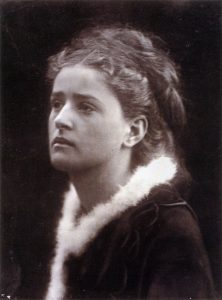
The last two installments were written with the point of view of the rejected suitor who marries another woman.
The man is not able to overcome his feelings towards his first love, but he is trying hard to concentrate all his love towards his wife. In the end, he succeeds by overcoming all his doubts and feels complete as well.
Analysis of Angel in The House by Coventry Patmore
“The Angel of the House” is a term used by the Victorian poet, Coventry Patmore and is perhaps the most famous term for describing how women were during the Victorian era.
They were confined to home and were expected to be domestic, innocent and extremely helpless when anything outside the home was concerned. They were supposed to be a beacon of morality for their husbands.
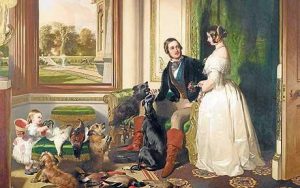
The term applied to the middle-class women exclusively and they were supposed to stay at home and take care of the house and children. Women were educated but were not skilled to be beneficial outside in the world.
The tasks usually associated with women were learning piano, fine arts, needlework and sometimes they did charity as well, but since they were not exposed to the hardships of the world, it was easy for them to retain their innocence.
The Angel in the House Summary and Analysis
Angel in The House first describes the title and portrays a typical Victorian marriage written from a husband’s perspective. Patmore praises the woman all through the poem, but she doesn’t have any opinion of her own.
In the first glance Angel in The House looks like a love poem, but in reality, it is a poem related to a woman’s ability to benefit men. The main part of the poem is the woman, but the reader needs to look at her through the poet’s eyes.
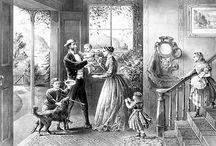
Further, being an “angel” Patmore depicts the spiritual aspect of women whose purpose is to bring man closer to God.
Even while praising women, Patmore believes that women are inferior to men with the sole purpose of aiding their husbands. In fact, the poem depicts the broader view of the relationship between men and women during the time poem was written.
This objectification of women was customary for that period and remained a consistent theme throughout Victorian literature, especially poetry.
More Info On- Lilly Martin Spencer, Frank Dicksee, Vassena Bells, George Frederick Watts
